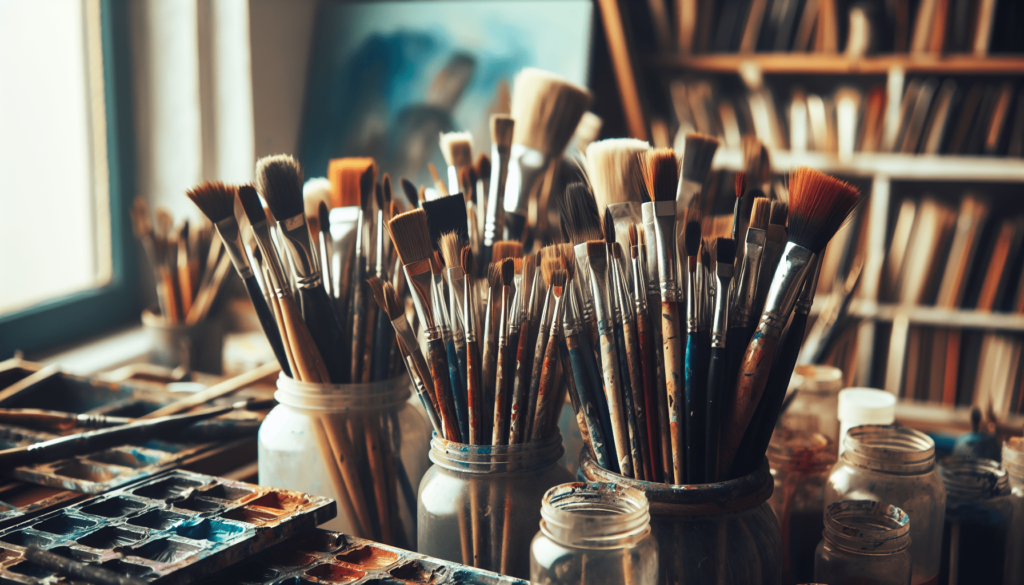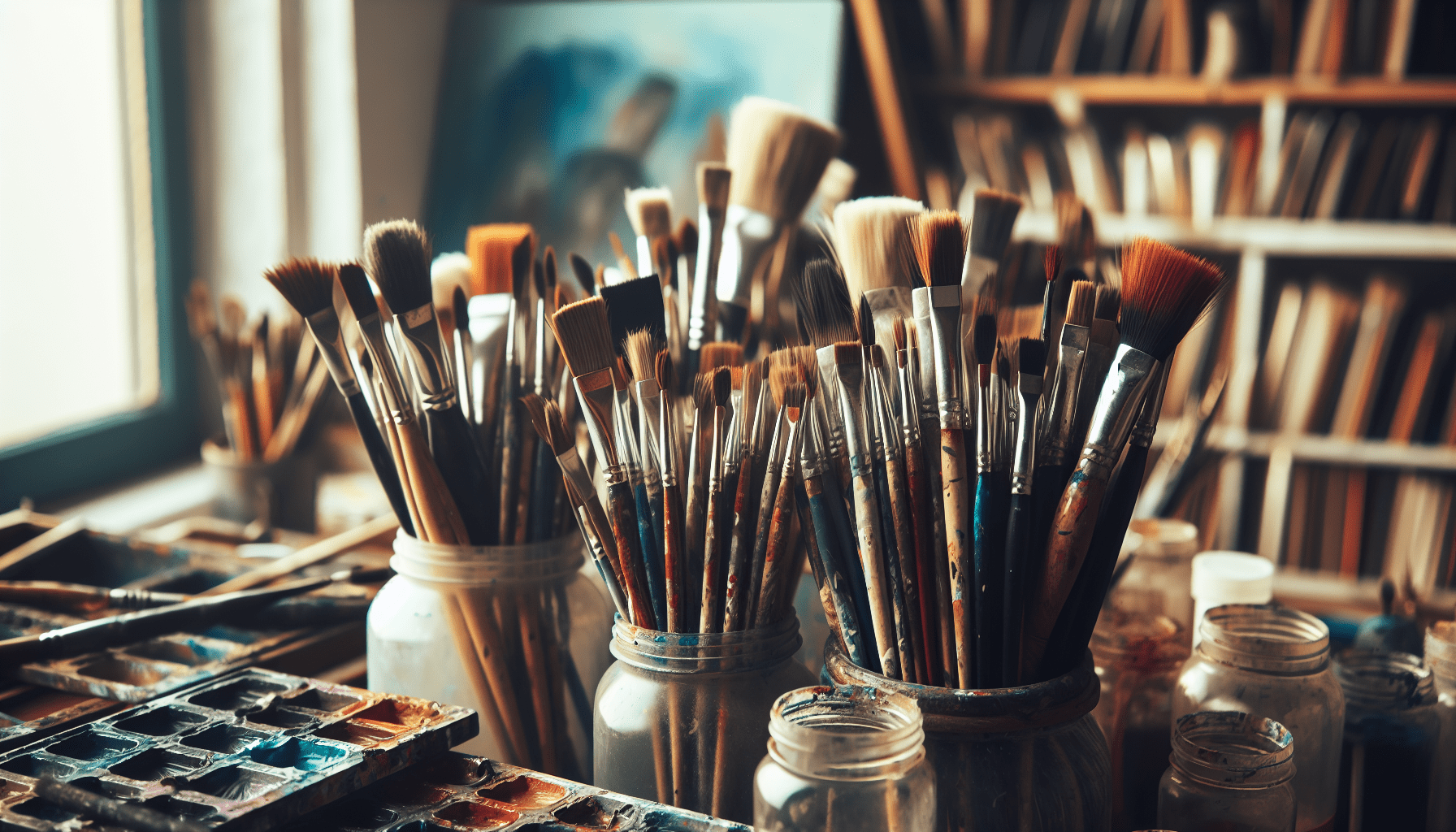Your recent painting project has left you with a question – What should you do with your paint brushes between coats? The uncertainty may stir doubts, and improper management could affect the success of your endeavor. This step-by-step guide offers you useful pointers on how to handle your paint brushes between coats effectively, ensuring your project’s outcomes are just as you envisioned. From proper cleaning techniques to handy storage methods, the article provides a comprehensive overview of using, maintaining, and preserving your paint brushes.
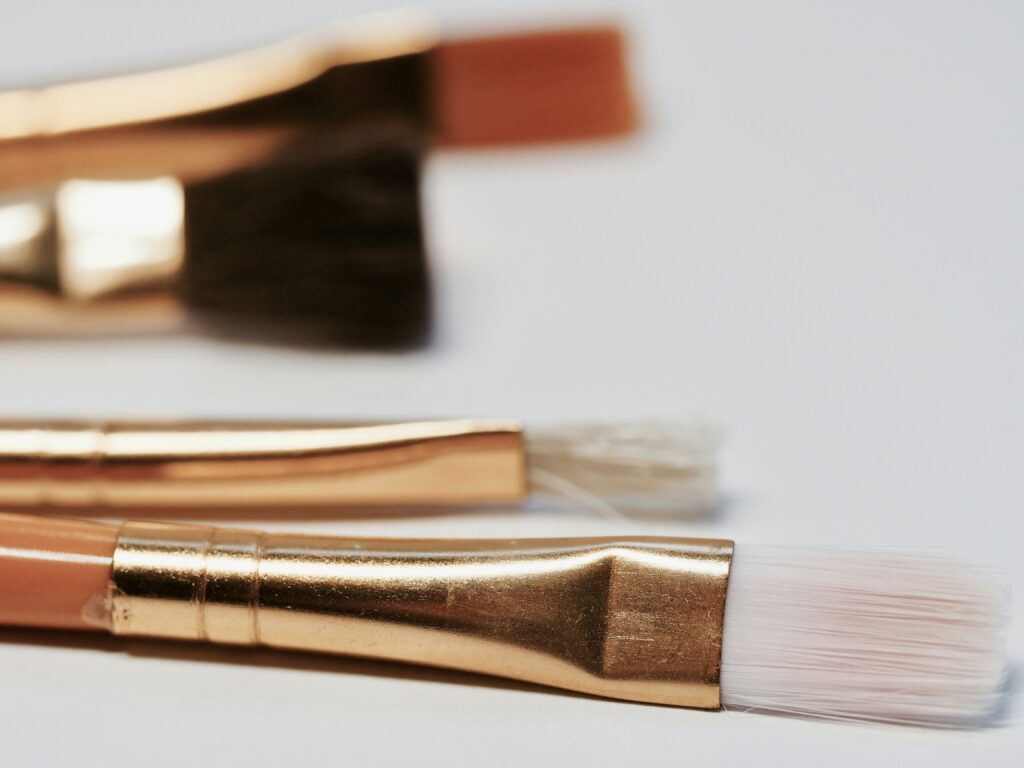
Cleaning the Brushes
For any painting task, brush cleanliness is critical for achieving a smooth, even finish. Brushes caked with dried paint will impair your precision and potentially ruin your project.
Removing Excess Paint
Begin the cleaning process by removing excess paint from the brushes. While your work is still wet, scrape the bristles against the rim of the paint can to remove extra paint. Further, wipe the brushes on a painter’s rag or old towel, pulling the fabric from the base of the bristles to the tip to extract as much paint as possible.
Using Solvents
Next steps of cleaning involve dipping your brushes in solvents. Depending on your paint type, you could use water for acrylic and latex paints, or mineral spirits for oil-based paints. Working the solvent into the bristles removes lingering paint particles that your initial scraping may not have reached.
Washing with Soap and Water
Finally, you should clean your brushes with soap and water. Use any mild soap—dish soap works particularly well. Rinse the brushes thoroughly under running water to ensure all the soap and paint particles have been washed away.
Proper Brush Storage
Once your brushes are clean, it is crucial to store them properly to retain their shape and ensure they remain in top condition for your future painting needs.
Hanging Brushes
Hanging your brushes to dry is an ideal preservation method. This can be done by attaching clothespins to the handle and hanging them on a clothesline, drying rack or any appropriate makeshift line. It prevents warping and helps keep the shape of the brush intact, allowing gravity to pull water from the interior of the brushes.
Using Brush Holders
Brush holders are an excellent tool for storage. They provide individual compartments for each brush, prevent crowding and preserve the shape of your brushes by suspending the bristles in a position that prevents crushing.
Wrapping in Plastic
Brushes can also be wrapped in plastic or foil as part of their storage. When dried properly, this method can effectively preserve the bristles of the brushes and maintain their intended shape.
Preventing Drying Out
Knowing how to prevent your brushes from drying out ensures you keep your brushes in top condition between painting sessions or even during breaks.
Covering with Damp Cloth
In between coats or sessions, you can keep your brush from drying out by lightly wrapping it in a damp cloth. Ensure the cloth covers the bristles, but not the handle or the ferrule, to prevent rust or deterioration.
Using Plastic Wrap
Similar to the damp cloth method, plastic wrap or a plastic bag can be used to keep a brush moist during breaks. Gently wrap the bristles while avoiding the metal ferrule, ensuring that the brush is sealed off from air contact.
Sealing in a Plastic Bag
For longer breaks, sealing the entire brush in a plastic bag, heel-first, is a useful option for keeping brush free of dust while also preventing drying out.
Avoiding Cross-Contamination
When painting with multiple colors or finishes, cross-contamination can be an issue. Preserving the purity of colors and finishes requires distinct brushes or meticulous cleaning.
Separating Brushes by Color
To maintain color integrity, you could designate specific brushes for individual colors. This prevents unnecessary cleaning and allows quicker color transitions.
Using Different Brushes for Different Finishes
It’s best to use different brushes for different types of finishes. The finish residue can linger in the brush bristles and impact the consistency of subsequent applications if using the same brush.
Cleaning Brushes before Switching Colors
If you don’t have separate brushes, always clean your brush thoroughly before switching colors. Doing so allows for clean, crisp color application, reducing the risk of unintended color blending.
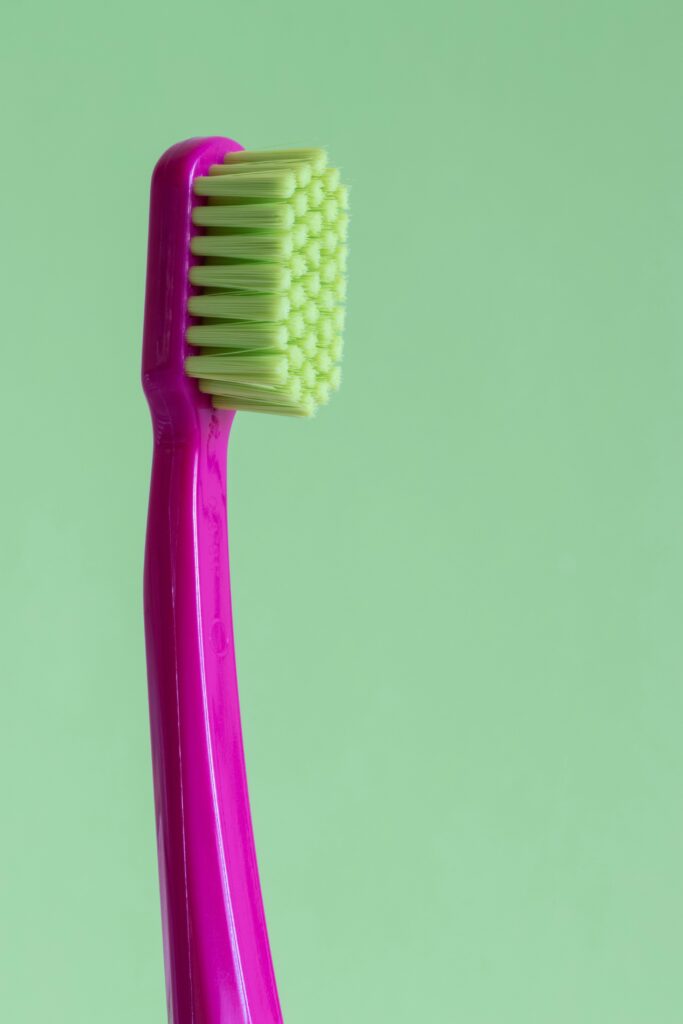
Taking Breaks without Damaging Brushes
During painting projects, you’ll likely need to take breaks. Ensuring your brushes stay in excellent condition during these intervals is vital.
Keeping Brushes Moist
Keeping brushes wrapped in a slightly damp cloth during breaks prevents the paint from drying and hardening in the bristles.
Covering with Plastic Wrap and Refrigerating
Wrapping brushes in plastic wrap and storing them in the refrigerator is another method to keep your brushes moist during breaks.
Using Brush Care Products
There are also brush care products designed to provide moisture and maintain flexibility of paintbrush bristles in between coats or painting sessions.
Revitalizing Dried Brushes
If your brushes have dried out and hardened, it’s often still possible to bring them back to functionality, depending on the severity of the hardening.
Soaking in Brush Restorer
Soaking the bristles in a brush restorer solution for a specified period can aid in recovery. Always follow the manufacturer’s instructions when using these products.
Using Fabric Softener
A fabric softener can be diluted and used as a soak for dried brushes, it loosens hardened paint and conditions the bristles.
Applying Vinegar Solution
A mixture of vinegar and water can also be used to restore dried out brushes. The acid in the vinegar breaks down hardened paint making it easier to remove.

Alternatives to Traditional Brushes
While traditional bristle brushes are versatile tools, there are other applicators to consider, each with their pros and cons.
Foam Brushes
Foam brushes are often an economical choice for simple applications and small touch-ups. They can provide a smooth, brushed-free finish and are disposable, eliminating cleanup.
Rollers
Paint rollers excel in applying paint across broad, flat surfaces such as walls/ceilings or big canvases. Rollers can hold more paint than a brush, reducing frequent paint tray trips.
Spray Guns
Spray guns, while often requiring more extensive setup and cleanup, can provide a very smooth finish. They’re suitable for tasks requiring uniform coverage, such as painting furniture or automotive work.
Maintaining Brush Condition
Ongoing brush maintenance is crucial for extending the life of your brushes and ensuring the quality of your work.
Removing Loose Hairs
Loose or stray hairs impede a smooth finish. You should regularly inspect your brushes for loose hairs and gently remove them to prevent them from embedding in your painting work.
Reshaping Brush Bristles
After cleaning, reshape the bristles while the brush is still wet. This helps maintain the brush’s original shape and ensures a consistent stroke when painting.
Storing Brushes Upright
Whenever possible, store brushes upright after they’ve been thoroughly dried. This facilitates in maintaining their shape, further prolonging their life.
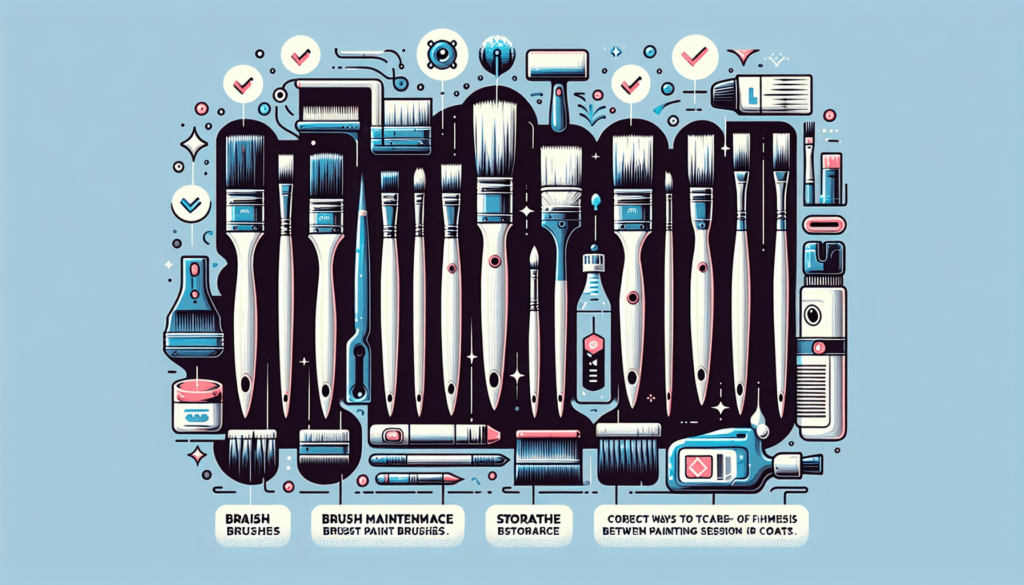
Tips for Efficiency
Efficient use of brushes saves time and improves the quality of your finished projects.
Working with Multiple Brushes
Working with an assortment of brushes reduces frequent washing. Keeping a collection of brushes for different colors and finish types can increase efficiency in switching between colors.
Organizing Brush Sizes
Keeping brushes organized by sizes helps selecting the appropriate brush for a certain task. Having an organized system allows you to find the exact size brush you need easily.
Using Brush Combs
Brush combs can remove paint residue from bristles and facilitate thorough cleaning. Consistent use of a brush comb can extend brush life and maintain bristle flexibility.
Extending Brush Lifespan
The longevity of your brushes depends heavily on how well you clean and care for them — but certain brush usage habits can also impact their lifespan.
Proper Brush Cleaning
Employing proper cleaning techniques ensures your brushes last longer. Forgetting to clean brushes, or leaving them soaking too long can harm the fibers over time.
Avoiding Harsh Chemicals
Refraining from using harsh chemicals, unless necessary for cleaning oil-based paints, saves your brushes from unnecessary wear. These chemicals can cause bristle damage and decrease their lifespan.
Avoiding Brush Overloading
Also, avoid overloading brushes with paint. This habit not only creates an uneven application but also increases the cleaning duties—more paint in the bristles means more effort to get it out.
Taking the time and effort to properly care for your brushes saves you money in the long term and ensures consistently high-quality painting results.
